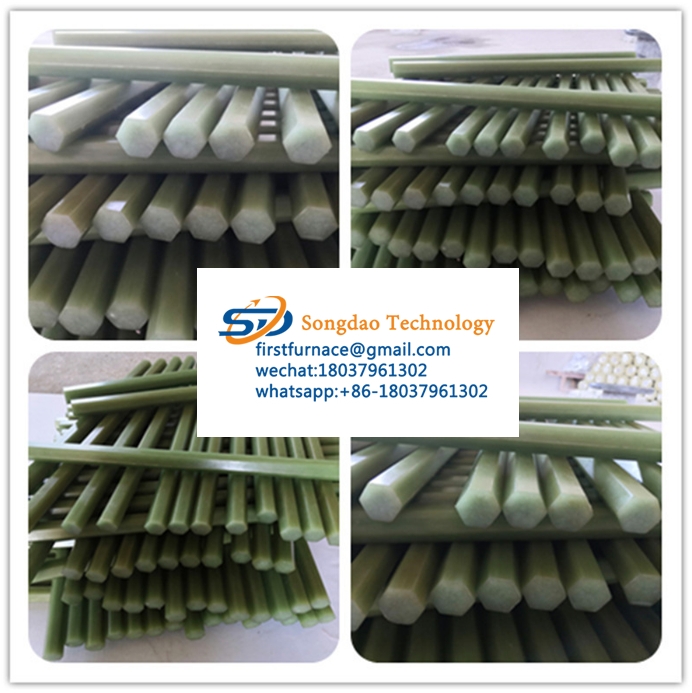- 01
- Nov
If you want to know how to use insulating rods, it’s easy to just look at these
If you want to know how to use insulating rods, it’s easy to just look at these
The insulating rod is mainly composed of three parts: the working head, the insulating rod and the handle.

1. Insulating rod: It is made of high-quality epoxy resin pipe with excellent insulation performance and mechanical strength, light weight, and moisture-proof treatment. It has the characteristics of light weight, high mechanical strength, and convenient carrying.
2. Grip: Adopt silicone rubber sheath and silicone rubber umbrella skirt bonding, insulation performance, safe and reliable.
3. Working head: The built-in structure is stronger, safer and more reliable. The expansion connection is convenient, the selectivity is strong, the connection form is various, and it can be flexibly combined.
Then how do we use insulating rods? Let us take a look at it together.
1. The appearance of the insulated operating rod must be inspected before use, and there must be no external damage such as cracks, scratches, etc. on the appearance;
2, it must be qualified after verification, and it is strictly prohibited to use it if it is unqualified;
3. It must be suitable for the voltage level of the operating equipment and can only be used after it has been verified;
4. If it is necessary to operate outdoors in rain or snow, use a special insulated operating rod with a rain and snow cover;
5. During operation, when connecting the section of the insulated operating rod and the thread of the section, leave the ground. Do not place the rod on the ground to prevent weeds and soil from entering the thread or sticking to the surface of the rod. The buckle should be tightened lightly, and the thread buckle should not be used without tightening;
6. When using, try to reduce the bending force on the rod body to prevent damage to the rod body;
7. After use, wipe clean the dirt on the surface of the rod body in time, and put the sections into a tool bag after disassembling them, and store them in a well-ventilated, clean and dry bracket or hang them up. Try not to get close to the wall. To prevent damp and damage its insulation;
8. The insulated operating rod must be kept by someone;
9. Conduct an AC withstand voltage test on the insulated operating rod half a year, and discard the unqualified ones immediately, and can not reduce their standard use.
